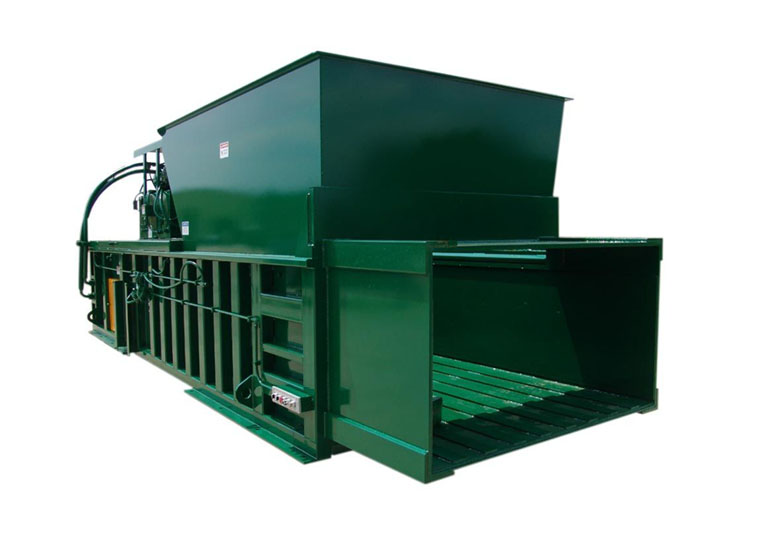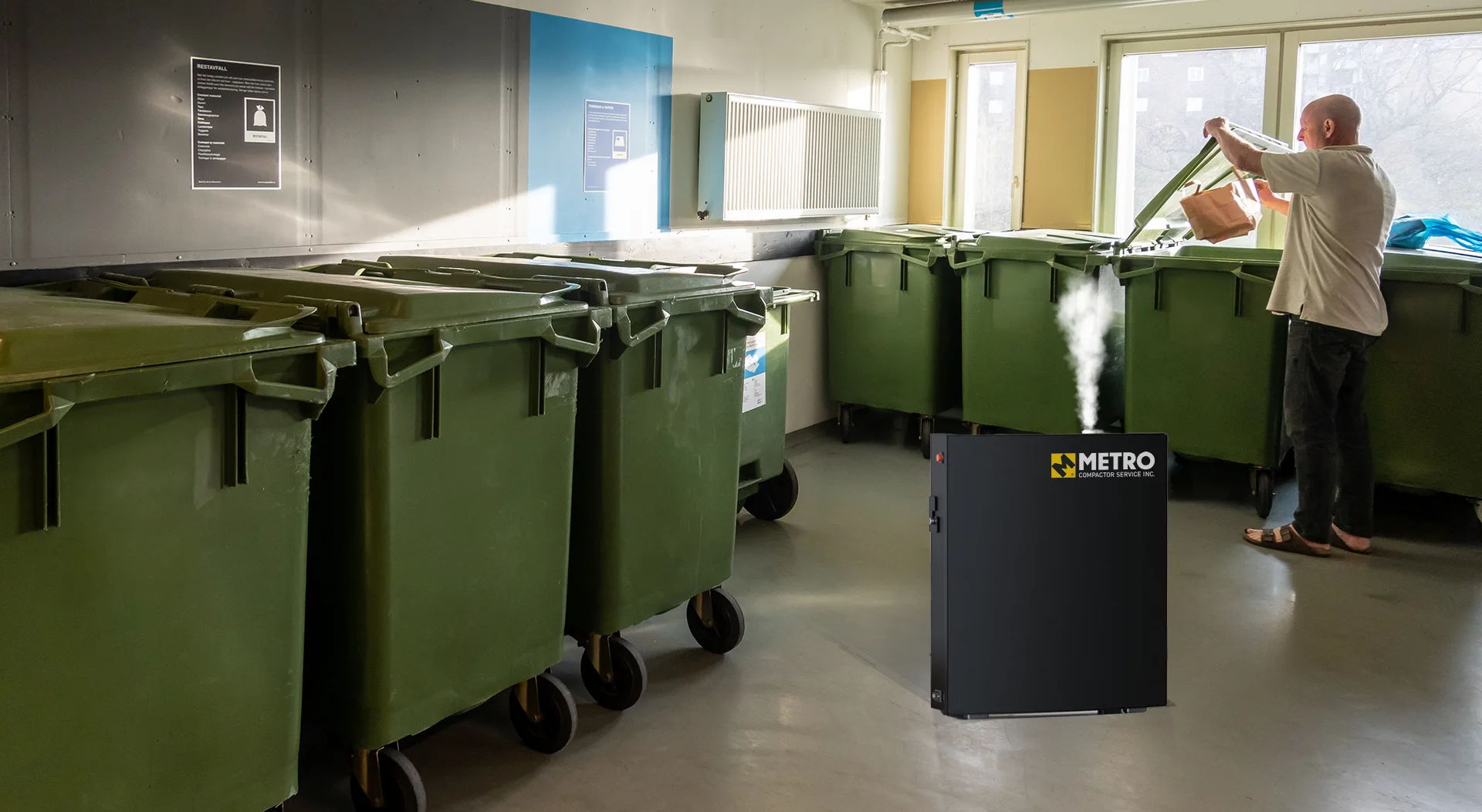Exploring the Crucial Duty of Waste Devices in Modern Recycling Processes and Sustainable Garbage Disposal Practices
The critical function of waste tools in contemporary reusing processes highlights its value in achieving lasting waste disposal practices. Advanced systems, such as automated arranging technologies and compactors, not only boost performance however additionally play a pivotal function in lowering contamination rates and boosting material healing. As the demand for even more sustainable services grows, it is important to examine exactly how these technologies adjust to developing obstacles within waste administration. What innovative developments are on the perspective that could further transform these processes?
Importance of Waste Devices
Why is waste tools important in the reusing process? By helping with the separation of materials, waste equipment reduces contamination, which is critical in guaranteeing premium recyclables that can be reestablished right into producing cycles.
In addition, waste equipment enhances operational effectiveness and safety within reusing centers. Advanced machinery, such as shredders and balers, permits the quick processing of big volumes of waste, decreasing labor prices and handling time. Furthermore, the use of specific devices reduces the risk of injury among employees by automating dangerous tasks.
Additionally, the environmental influence of recycling is intensified by efficient waste equipment. By maximizing the reusing process, facilities can considerably reduce the quantity of waste sent to landfills, therefore adding to sustainability efforts. To conclude, waste equipment is not just a supplementary component of recycling; it is a basic facet that drives effectiveness, safety, and environmental stewardship in modern waste monitoring methods.
Sorts Of Waste Equipment
The effectiveness of recycling operations is closely connected to the details kinds of waste devices used in the process. baler rental. Different groups of devices are indispensable to the collection, sorting, handling, and transport of recyclable materials
To start with, collection equipment, such as waste collection trucks and containers, is important for gathering recyclables from numerous resources, including property, business, and industrial areas. As soon as gathered, arranging devices, including conveyor belts, shredders, and magnetic separators, plays a crucial role in differentiating different product types, ensuring that contaminants are eliminated before handling.
Processing equipment, such as balers and compactors, additionally prepares products for recycling by compressing and packaging them into workable dimensions. This not only enhances space yet additionally improves transport effectiveness. Furthermore, specialized machinery like granulators and extruders is used for changing products into recyclable forms, especially in plastic recycling.

Function in Recycling Procedures
In recycling procedures, the role of waste devices is pivotal in making sure efficiency and efficiency at every phase. This equipment includes a series of equipment developed to deal with, procedure, and type products that are to be reused. The preliminary stage entails collection and transport, where compactors and balers play an essential role in enhancing the quantity of materials for transportation, thus reducing functional expenses.
When at the recycling center, shredders and crushers come into play, breaking down products into convenient sizes ideal for additional processing. These machines add to boosting the surface area of recyclables, assisting in a lot more efficient product recuperation. Sorting systems, equipped with advanced innovations such as conveyor belts and optical sensing units, make sure that products are precisely separated by visit this site right here type, therefore taking full advantage of the quality of the recycled output.
Furthermore, customized tools for processing specific materials-- such as glass, plastics, and metals-- makes certain that each type is handled in the most efficient fashion. In general, the assimilation of sophisticated waste devices into the recycling procedure not just improves operations however also substantially contributes to the overall healing prices of important materials, emphasizing its vital function in modern recycling efforts.
Influence On Lasting Practices
Through the efficient operation of waste devices, reusing processes substantially improve lasting techniques throughout different markets. This impact is realized via boosted material recovery prices, which minimize the demand for virgin sources. By simplifying sorting and processing features, advanced waste equipment decreases contamination in recyclable products, additional reading therefore boosting the high quality of recycled result. The decrease of waste sent to land fills is one more critical benefit, as it decreases environmental destruction and alleviates greenhouse gas discharges related to decomposition.

Furthermore, the assimilation of wise technologies in waste monitoring systems enables real-time data monitoring and evaluation, causing more informed decision-making and functional efficiencies. As sectors progressively prioritize sustainability, the role of waste equipment comes to be critical fit methods that align with ecological stewardship and regulative compliance. Eventually, the harmony between waste devices and reusing processes plays a crucial function in advancing wider sustainability objectives across neighborhoods and sectors alike.
Future Trends in Waste Monitoring
Emerging patterns in waste monitoring are poised to reshape the landscape of reusing and source recovery considerably. Among the most critical changes is the assimilation of sophisticated modern technologies such as fabricated intelligence, artificial intelligence, and the Web of Things (IoT) These developments facilitate improved sorting procedures, boosting the efficiency and accuracy of recycling operations. Smart waste containers outfitted with sensing units can keep track of waste degrees in real-time, maximizing collection routes and reducing operational expenses.
Additionally, the circular economic climate version is obtaining traction, promoting the concept of recycling products instead of disposing of them. This fad urges businesses to create products with end-of-life factors to consider in mind, driving the need for ingenious waste management services.
In addition, public awareness and engagement in sustainability techniques get on the increase, causing enhanced engagement in recycling programs. Government plans are also advancing, with more stringent policies on waste disposal and rewards for lasting practices.
As these trends merge, they produce a much more effective, sustainable waste management system that not only reduces ecological impact yet likewise fosters financial growth via resource recovery and advancement in waste devices. The future of waste monitoring go to this web-site looks appealing, driven by technology and a dedication to sustainability.
Final Thought
In final thought, waste tools plays an essential role in improving the efficiency and performance of contemporary recycling procedures. As waste monitoring continues to advance, the importance of ingenious waste tools will continue to be paramount in achieving sustainability objectives and dealing with the obstacles of resource deficiency.
Comments on “Waste Baler Rental Choices to Minimize Your Waste Impact”